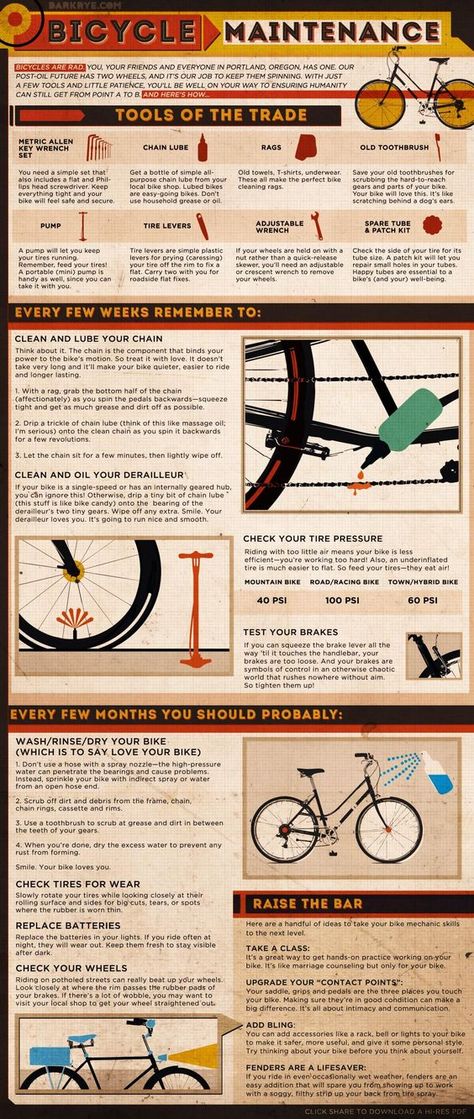Few things are more inconvenient than a flat tire...except BACK-TO-BACK flat tires. What gives? Is your car cursed? Most likely not, especially when you consider all of the other, not-so-supernatural reasons why you might keep getting flats despite not having a punctured tire. Learn what these reasons might be and what you can do to help prevent flat tires from deflating your spirits!
The rubber in tires degrades over time, even if the tires are not in use (which is why you should check your spare regularly). Like unopened perishables in the refrigerator, old tires can look new, but still lack the quality and reliability of recently manufactured ones. That's why many manufacturers recommend that tires produced more than 6-10 years ago be taken out of service, even if they were never used!
When the rubber in tires degrades due to age, exposure to the elements, or a combination of both, it may crack. In turn, cracks in your tire rubber can be hard to spot and repair, leading to slow leaks, recurring flats, and even blowouts. If you suspect one of your tires’ tread is worn out or cracked due to age, bring your car into a Firestone Complete Auto Care near you to get a tire pro’s opinion.
Tire age isn't the only thing that can cause cracks in tires. Dry rot can wreak havoc on the integrity of your tire's sidewall, too! But what is tire dry rot? Tire dry rot is a term that describes tire brittleness caused by natural rubber deterioration.
Unlike dry rot in trees or wood, this type of “decay” isn’t caused by fungi or bacteria. Tire dry rot can occur when either age or exposure to certain conditions has harmed a tire’s rubber compounds — leaving the tire dried out and vulnerable to cracks and flaking. Several things can cause dry rot, including:
With proper tire care and regular inspections, you can help prevent dry rot. If you plan on leaving your car parked for an extended period of time, make sure to gauge your tire pressure at least once a month, and inflate as necessary. Ensure that the tires don't sit in direct sunlight for extended periods by using tire covers or a car cover, or parking in a covered garage.
If you plan on leaving your car parked for an extended period of time, make sure to gauge your tire pressure at least once a month, and inflate as necessary. Ensure that the tires don't sit in direct sunlight for extended periods by using tire covers or a car cover, or parking in a covered garage.
If you notice signs of tire dry rot such as cobweb-like cracks along your tire sidewall or chunks of rubber “hanging” off the tire, visit Firestone Complete Auto Care for recommendations on what to do next. One of our tire technicians will inspect your tires, let you know what the problem is, and recommend services or replacement options accordingly.
You changed your tire, and just a few miles down the road, that newly-changed tire is flat, too! What’s going on? If you’ve already verified that the tire tread does not have holes or punctures and the sidewalls are intact, you might have a faulty valve stem.
The valve stem is a component on the wheel that helps regulate tire air pressure.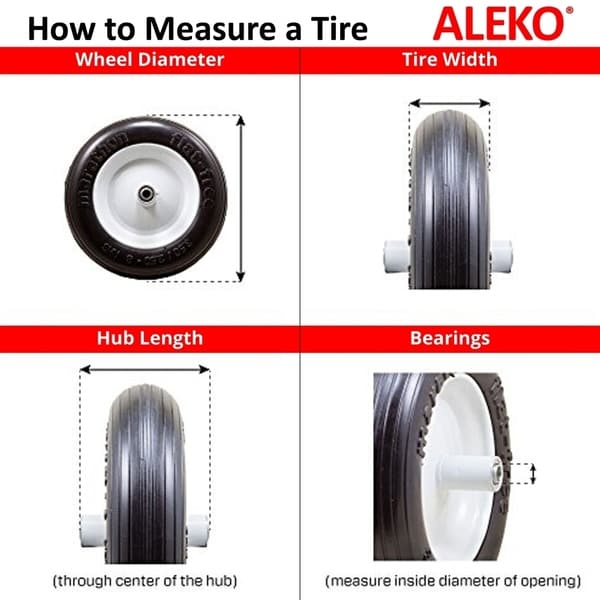 Valve stems are composed of several different parts, including a valve stem core and valve stem cap. The core allows air in and out of the tire while the cap helps keep debris out of the core. In most vehicles manufactured after 2008, the tire pressure monitoring system (which we'll cover shortly) is integrated into the valve stem.
Valve stems are composed of several different parts, including a valve stem core and valve stem cap. The core allows air in and out of the tire while the cap helps keep debris out of the core. In most vehicles manufactured after 2008, the tire pressure monitoring system (which we'll cover shortly) is integrated into the valve stem.
Valve stems and their components can crack and wear due to age, moisture, heat, road salt, and even UV rays! Valve stems that are damaged in any way can cause leaks, leading to low tire pressure and recurring flats. In turn, driving with underinflated or flat tires can cause premature tread wear, poor handling, and decreased fuel efficiency!
You can get ahead of leaky valve stem problems by having your valve stems replaced every time you get new tires. At Firestone Complete Auto Care, we replace valve stems and/or TPMS rubber components every time we install a new tire. After all, we know that it’s a small service that can save you from a major inconvenience! If you suspect your valve stems are already worn or damaged, pull into your local Firestone Complete Auto Care for tire repairs and a free tire pressure check.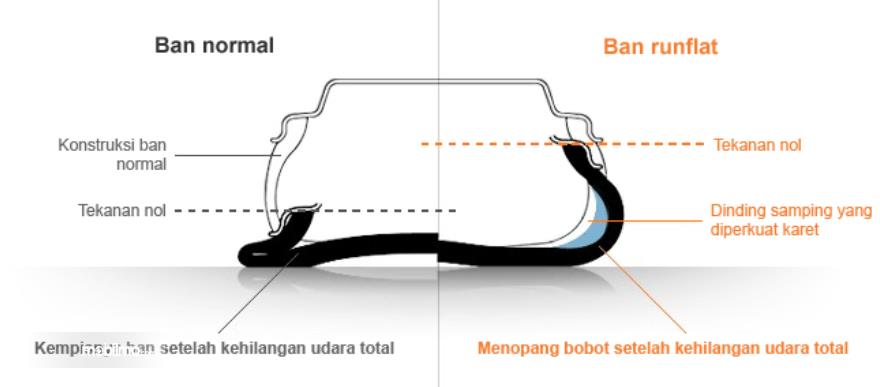
Like a damaged valve stem, a leaky tire bead can be to blame if you keep getting flats. Tire bead leaks are also known as bead-seat surface leaks, wheel leaks, or rim leaks.
The tire bead is the rubber edge where your tire fits into the wheel or rim. Tire beads are made of specialized metal-reinforced rubber compounds designed to hug the wheel in a way that ensures an airtight seal and prevents the tire from spinning on the rims.
Rim leaks can result from incorrectly installed tires, which is why you should seek professional help if you are not sure how to properly replace a flat tire. Additionally, damaged, bent, or corroded wheels can also lead to bead-seat surface leaks. These issues typically are caused by accidents like slamming into a curb or running over a speed hump, which makes them hard to prevent.
However, don’t despair! If you notice that you keep losing tire pressure, visit Firestone Complete Auto Care. Our expert technicians can help find the source of the leak, reseat the tire bead, or replace your wheels, if needed.
There's a good chance your Tire Pressure Monitoring System (TPMS) is the reason you’ve noticed your car’s recurring flats in the first place. But have you stopped to consider that your tire pressure monitoring system could be faulty itself? Though uncommon, it can happen.
Your TPMS has sensors designed to warn you if your tire pressure is below a certain threshold. When your tires are underinflated, the TPMS activates a dashboard warning light that looks like an exclamation mark inside an open circle or an overhead diagram of your car’s four tires as located on the chassis frame.
| TPMS Dashboard Signal | Meaning |
|---|---|
| One or more of your tires is significantly underinflated. | |
| The illuminated tire is significantly underinflated. |
Even though a faulty TPMS does not mean you have a flat tire, it might lead you to believe you do! Like in the story of the boy who cried wolf, a faulty TPMS can raise the alarm for flats when your tires aren’t really underinflated.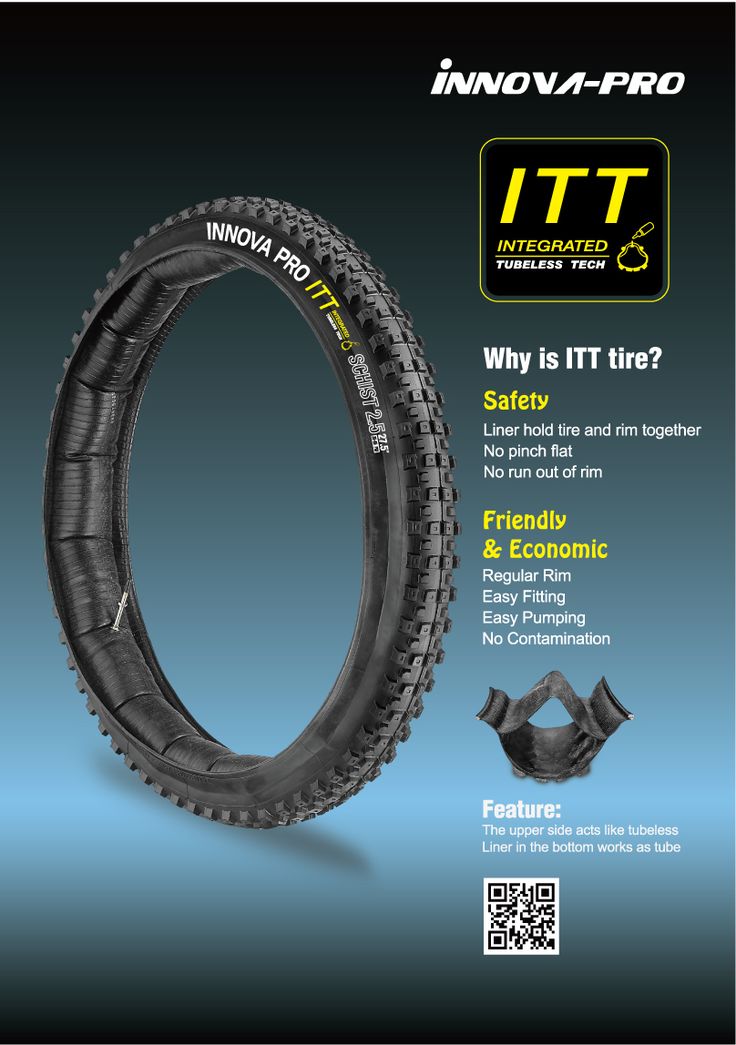
TPMS malfunctions can happen due to a variety of factors including faulty wiring, weak sensor batteries, or improper sensor programming or relearning — which is why many drivers notice TPMS faults immediately after a tire rotation or sensor installation. Additionally, canned tire repair sealants and impact to the tires can also damage or break the delicate components of your tire pressure monitoring system.
Whether your TPMS light is on for the first time or blinking for the fortieth, you can stop by Firestone Complete Auto Care for a free tire pressure check that’ll help verify whether or not your tires are at-fault. If your tires are properly inflated and the light is still on, visit Firestone Complete Auto Care. Our techs can help diagnose and repair your TPMS issues, so you can stop fretting over “fake” flat tires!
From dry rot to faulty tire pressure monitoring systems, there’s a variety of things that can go wrong and lead you to experience (or believe you are experiencing) frequent flat tires.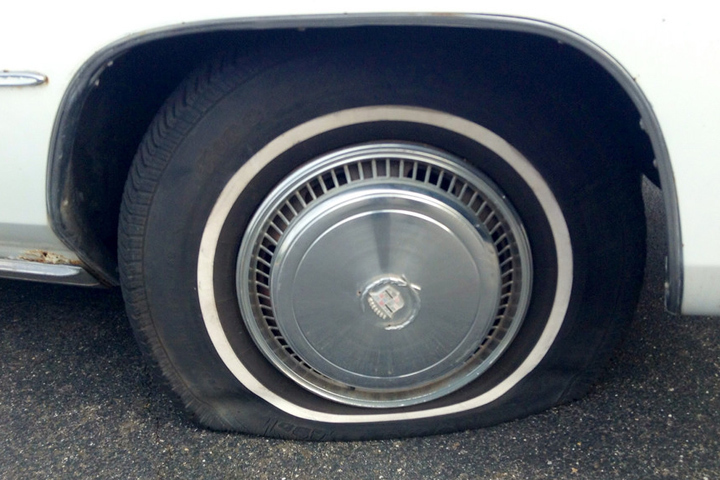 At Firestone Complete Auto Care, we’re here to help your car go right! Visit your local car care shop for tire repairs, TPMS diagnostics, and more.
At Firestone Complete Auto Care, we’re here to help your car go right! Visit your local car care shop for tire repairs, TPMS diagnostics, and more.
Your tires have a tough gig. From maneuvering around potholes to navigating through bumpy construction zones, your tires take it all on just to get you from point A to point B. Sometimes they make it out unharmed—other times, not so much.
Why do tires come out safe and sound sometimes, but not others? It’s time you went further, longer. Learn the most common reasons your tires go flat and how you can better avoid them!
The worse the condition of the road, the greater your risk of getting a flat tire. Uneven paving, potholes, and debris are enemies to your tires–sometimes causing an immediate problem and other times causing a slow leak.
Avoid it: Safe driving is one of the best ways to avoid aggravating road dangers and tire damage. Drive slower and leave extra space between you and the vehicle in front of you to give yourself more time to spot (and avoid) bumps, potholes, and road debris.
Drive slower and leave extra space between you and the vehicle in front of you to give yourself more time to spot (and avoid) bumps, potholes, and road debris.
Not-so-fun fact: your tire is most likely to go flat during the hottest months of the year. High temperatures cause the air in your tires to expand, which in turn increases the tire’s internal pressure. When the pressure rises, so does your chance for a leak or total blowout. Most Tire Pressure Monitoring Systems (TPMS) measure your tires when they become underinflated–not overinflated–so don't wait for your dashboard light to pop on like it tends to do on cold winter mornings.
Avoid it: Check your tire pressure in the morning, before you've driven more than a few miles and the sun starts to heat things up. This is your best chance at an accurate tire pressure reading. Double check that your tire pressure is correct and avoid over-inflation at all costs, especially during the summer! To keep learning, check out What to Know About Summer Driving and Tire Pressure.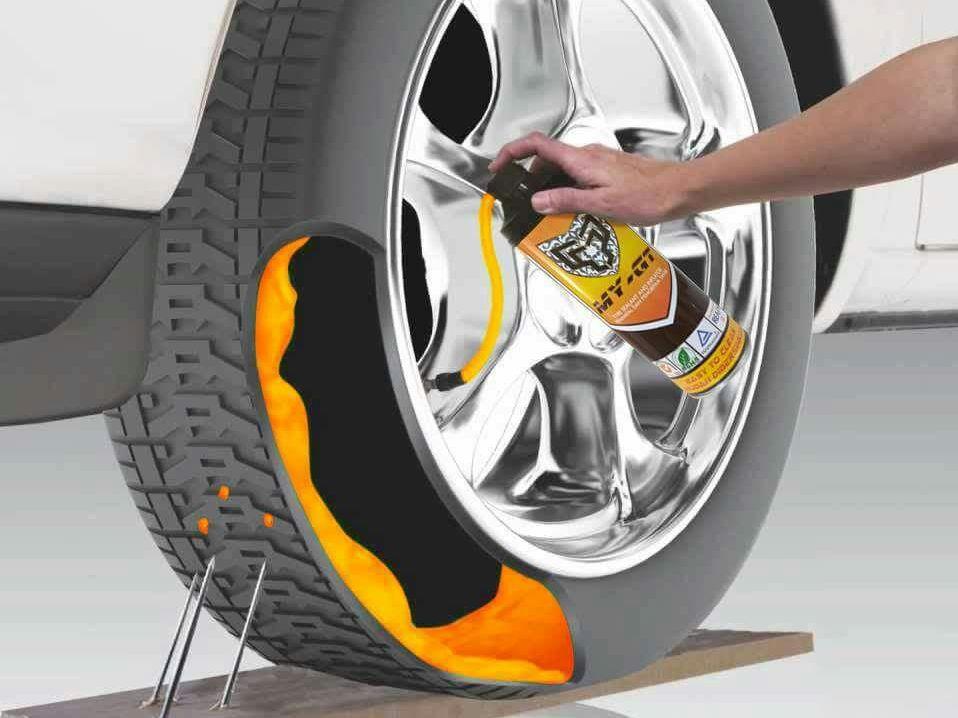
Flat tires aren’t always caused by a hole in the rubber. Instead, a malfunction or leak in the valve stem can be the culprit. The valve stem is the part of the tire that you unscrew when adding air. Any damage or even dirt on this small piece could cause your tire to lose air until it’s completely flat.
Avoid it: Valve stems age with time and can become brittle or cracked. Take your car to your local tire shop to have the stem inspected and if needed, fixed or replaced.
Sometimes there isn’t a major incident that causes a flat tire. Normal wear and tear can simply get the best of your tire! As you drive, the tread on your tires gradually wears down. This can make your tires more vulnerable to the typical hazards of daily driving–in other words, more likely to go flat!
Avoid it: While tire wear is perfectly natural, there are a handful of simple things you can do to reduce it. Try easy, everyday ways to reduce tire wear like avoiding fast stops and starts, monitoring and maintaining the recommended tire pressure, regularly rotating your tires, and investing in a routine wheel alignment.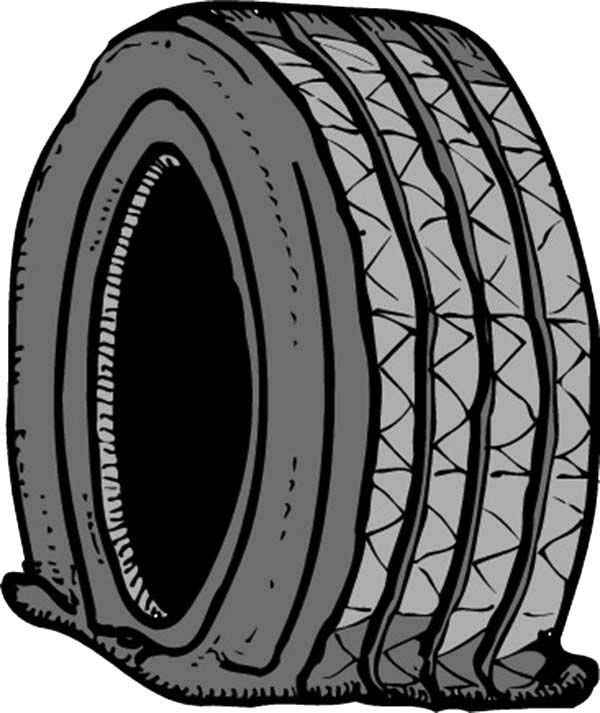
Now you know the most common causes of a flat tire, but that doesn’t mean you can prevent them all. If you’ve got a flat, head to Firestone Complete Auto Care for professional tire repair and talk to a technician about the one tire that actually fights flats—Bridgestone's DriveGuard tire. Invest in these tires and you can drive up to 50 miles at speeds of up to 50 mph, even after a tire has been punctured or lost all of its air. Can your current set say the same, or are you driving on four flats waiting to happen? Get a tire quote online to see if DriveGuard tires are available for your vehicle today!
Fresh number
RG-week
Homeland
thematic applications
Union
Fresh number 26.12.2020 08:31
Boris Zakharov Boris Zakharov
A constantly flat tire of a car can exhaust the nerves of even inveterate phlegmatic people. Moreover, a visit to a car service or a tire fitting does not guarantee that the specialists will immediately find the reason for the decrease in pressure in a tubeless tire. Let's find out what to pay attention to in such an unpleasant situation.
Moreover, a visit to a car service or a tire fitting does not guarantee that the specialists will immediately find the reason for the decrease in pressure in a tubeless tire. Let's find out what to pay attention to in such an unpleasant situation.
iStock. Another thing is hidden defects, for the detection of which it will be necessary to resort to a number of tricks.
What will the pros do? First, he pumps the problem wheel to 1.5 - 2 atmospheres and tries to determine the place of the puncture or cut by ear - it is very likely that the tire will emit a characteristic whistle at the place of the defect. If this tactic does not help, we turn to water procedures with soap. First, we will try to identify a puncture with little blood - we take a soapy solution and pour it over the tire.
If we are talking about the front wheel, you can not even dismantle it, but jack up the car and turn it slowly, spraying the rubber with soapy water. Our goal is to notice the appearance of foam and bubbles on the tire. Sometimes the problem area helps to identify the blurring and simultaneous pumping of the tire with a pump. The puncture did not give itself away again? You can try to remove the wheel and lower it entirely into a container of water, pressing on the sidewalls and again looking for bubbles.
Sometimes the problem area helps to identify the blurring and simultaneous pumping of the tire with a pump. The puncture did not give itself away again? You can try to remove the wheel and lower it entirely into a container of water, pressing on the sidewalls and again looking for bubbles.
Look for a hidden defect from the inside
However, it happens that it is not possible to find the place of damage during the water-soap procedures. There may be several reasons. For example, a tire can be etched with air due to a very small wire, needle or stud that is not visible to the naked eye, but which can still be felt.
To do this, you will have to disassemble the wheel, arm yourself with a rag or napkin and run it along the inner area of the tire. It is very likely that the fabric will catch on this inconspicuous sharp object.
Sometimes air bleeding can also cause internal damage to the cord, which happens due to careless driving on broken roads. It even happens that on a "spike" when driving through pits, the heel of a spike (mostly hand-made) pierces the tire from the inside. Be that as it may, if you find a sharp object sticking out from inside the tire, look at the situation. If the matter is in a small carnation or a needle, we repair it. If damage to the cord is detected, as well as a hernia, it is recommended to replace the tire - further operation is unsafe.
Be that as it may, if you find a sharp object sticking out from inside the tire, look at the situation. If the matter is in a small carnation or a needle, we repair it. If damage to the cord is detected, as well as a hernia, it is recommended to replace the tire - further operation is unsafe.
Micro cracks
Sometimes a problematic spot in a tire cannot be identified either with a foam solution or by feeling the inner surface of the tire. In this case, pay attention to the condition of the sidewalls.
If the tire is old or the owner practices parking close to the curbs, and also stores the wheels on the balcony under the scorching sun, microcracks may form on the sidewalls.
Through them, moisture enters the cord, which is fraught with deformation of the entire frame. Unfortunately, cracks, like hernias, are not repairable. Therefore, if the recesses are small, no more than 1-2 mm deep, we put such wheels on the rear axle and drive for some time exclusively in the city (not at high speeds). Or, as an option, you can contact the tire shop, where such defects will be eliminated on a special machine by melting rubber. But the office most likely will not give guarantees for such work. If the cracks are larger than 2 mm, we already definitely throw out such a wheel and put a new one.
Or, as an option, you can contact the tire shop, where such defects will be eliminated on a special machine by melting rubber. But the office most likely will not give guarantees for such work. If the cracks are larger than 2 mm, we already definitely throw out such a wheel and put a new one.
See nipple
It is quite common for a tire to deflate also because of a defective nipple. They can break here as metal structural elements (you can verify this by simply moistening the surface of the nipple with saliva and tracking air bubbles).
In this case, to solve the problem, it is enough to turn the metal spool clockwise.
You can also replace the spool, since the process is not difficult, although it requires skill. We unscrew the old spool and immediately install a new one in its place, and we do it quickly, overcoming the pressure of the outgoing air.
It also happens that air escapes from the rubberized nipple valve. From operation, it can be erased and this will reduce the density of its mating with a metal tube. In this case, again, the road is for you - in tire fitting. There, the wheel is disassembled, the damaged nipple is pulled out with pliers and a new one is installed.
In this case, again, the road is for you - in tire fitting. There, the wheel is disassembled, the damaged nipple is pulled out with pliers and a new one is installed.
See rim
Finally, it is not uncommon for tires to be flattened due to deformation of the rims. The process may well start the careless passage of large pits, when the suspension reacts to the rebound, the tire is crushed, and the disc rim beats against unevenness. It is quite possible to eliminate wrinkling of the surface of the discs at the same tire fitting.
The cast wheel is rolled on a special machine, and the forged wheel is restored using a special press and rolling. Difficulties arise except with the repair of the most hard forged wheels.
Here, heating will most likely be required to repair the damage, since it is most likely impossible to roll the discs using the machine alone. And it also happens that rust eats up the inner edge of the rim (most often stamped wheels), and the air escapes through the gaps formed. The solution to the problem is obvious - the wheel is disassembled, problem areas on the disk are cleaned and primed.
The solution to the problem is obvious - the wheel is disassembled, problem areas on the disk are cleaned and primed.
Share
The main thing today
Mishustin spoke about benefits for participants in the free economic zone in new regions
Chinese Foreign Ministry: Beijing has nothing to report yet about a possible conversation between Xi Jinping and Zelensky0003
Governor of Krasnoyarsk Uss commented on the disappearance of his son from arrest in Italy
Journalist Hersh: Biden could blow up Nord Stream to punish Scholz
A tire is a round piece of rubber that is the main part of a car's wheel, allowing it to move. The tire also provides traction and shock absorption while driving. Over time, stones get stuck in the tires. How to remove them, we have already told you in one of the previous articles. But stones are not the only enemies of tires. There are also nails, self-tapping screws and many other sharp objects that can easily pierce a car tire. If, having caught a self-tapping screw, a flat tire, it is clear to everyone what to do. But what if the pressure continues to hold in a punctured wheel? Can I keep driving, and if so, for how long?
But stones are not the only enemies of tires. There are also nails, self-tapping screws and many other sharp objects that can easily pierce a car tire. If, having caught a self-tapping screw, a flat tire, it is clear to everyone what to do. But what if the pressure continues to hold in a punctured wheel? Can I keep driving, and if so, for how long?
See also: Is it safe to drive with a screw in a tire?
So, if you happen to know that a nail (or self-tapping screw) is stuck in the wheel of your car, but the tire is still holding pressure or deflating slowly, then in no case try to pull the nail out. Leave it in the cover. Next, check the pressure in the wheel and, if it does not correspond to the one recommended by the automaker, inflate the wheel to the norm.
Otherwise, pulling out the nail that prevents the pressure from escaping from the tire will cause the tire to zero.
Of course, there is another option - to flatten the tire, pull out the nail, take a tire repair kit and repair the puncture yourself, and then re-inflate the wheel. But, unfortunately, not every motorist has such a repair kit, and not everyone will be able to repair the wheel on their own. In fact, in order to install a tourniquet into a puncture, remarkable strength is needed.
But, unfortunately, not every motorist has such a repair kit, and not everyone will be able to repair the wheel on their own. In fact, in order to install a tourniquet into a puncture, remarkable strength is needed.
Unfortunately, a wheel puncture with a nail or a self-tapping screw happens quite often on our roads. Many punctures do not cause the tire to flatten almost instantly. As a result, many drivers notice that the wheel caught the self-tapping screw, not immediately. True, if your car is equipped with tire pressure sensors or a wheel rotation monitoring system (the system tells the driver about a sharp change in wheel rotation parameters, which usually occur when the pressure in the wheel changes sharply), then the security system will inform you of a possible problem in wheel.
If there are tire pressure sensors, you will be able to know which wheel has changed pressure. Unfortunately, very often this system gives false warnings (for example, when there is a sudden change in road grip or a sudden change in temperature outside). As a result, over time, many drivers stop paying attention to the warning of the tire pressure monitoring system. But in vain. After all, the system can warn of a broken wheel.
As a result, over time, many drivers stop paying attention to the warning of the tire pressure monitoring system. But in vain. After all, the system can warn of a broken wheel.
To prevent this from happening, carefully inspect the wheels for punctures after each ride. If a self-tapping screw is found, contact the tire service as soon as possible.
This is another question that is often asked by car enthusiasts on various thematic forums. We want to upset car owners right away. If you have a punctured wheel, in principle, you can not ride. After all, a car is not a toy, but a vehicle of increased danger. And not only for you and your passengers, but also for other road users. Therefore, you should contact the tire service as soon as possible, even if the punctured tire does not flatten. You are not clairvoyant and cannot know at what point the wheel will instantly lose pressure.